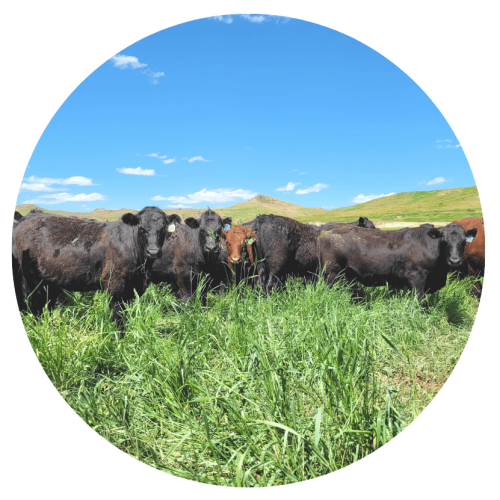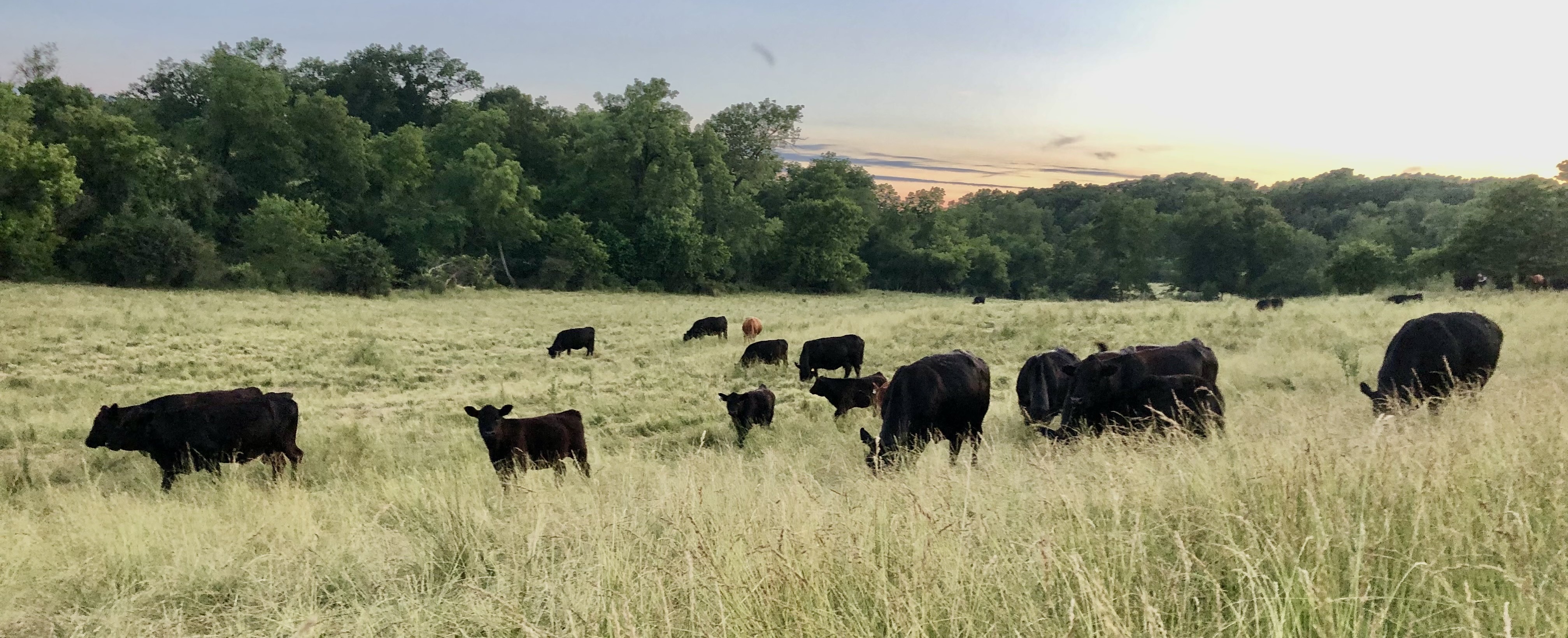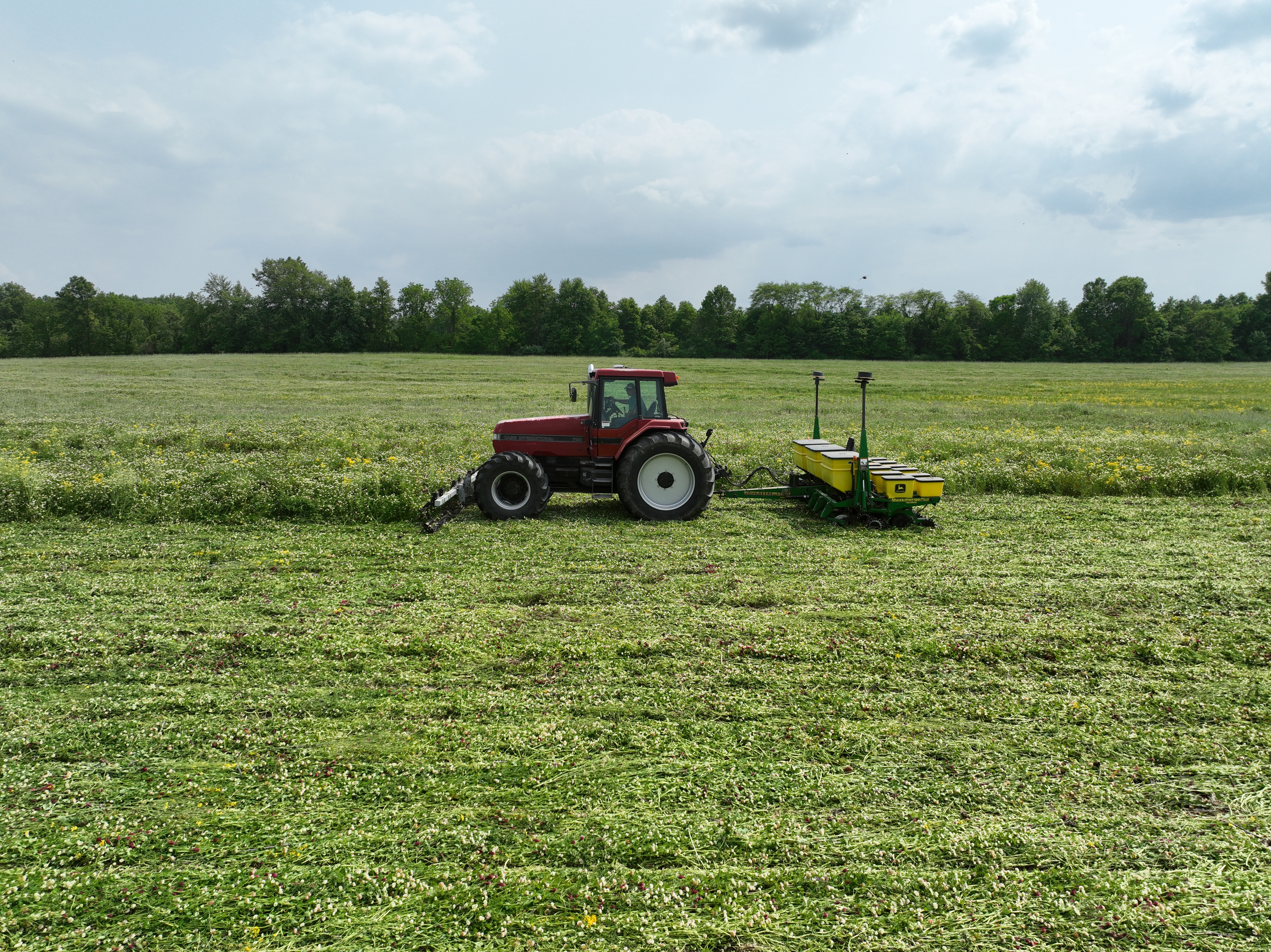Soil erosion is a problem. On a purely economic basis, the loss of topsoil is like losing hard spent fertilizer dollars. For most soils, among the highest concentrations of soil nutrients, like potash and phosphorus, are found in the topsoil. Many times, this zone is where the fertilizer nutrients are applied, and this is where they remain or are recycled from crop residue. Fighting soil erosion is fighting to keep these fertilizer dollars on your farm instead of in the ditch or on a neighbor’s farm.
“Soil, that four letter word that contains more mysteries and marvels than the whole of the cosmos, is a precious commodity”
While sometimes we talk about carbon farming practices as part of the solution to climate change, these practices have long been around before this subject came into the spotlight. Practices like cover cropping, reducing tillage, rotational grazing and precision pasture management, at their core, have been about maintaining and building soil, especially topsoil, with more organic matter and therefore more carbon. Soil, that four letter word that contains more mysteries and marvels than the whole of the cosmos, is a precious commodity. Maybe commodity is a little degrading to call it that, but soil is literally and figuratively the base for our crop and livestock production systems and unknowingly we are often trading it away. The more we learn about our soil, the more apparent it is that even relatively small modifications to our practices can yield great benefits to our soil.
To Till or Not to Till
There is evidence that converting from intensive tillage to no-till cropping can have a variety of benefits for our soil. This is a lofty goal for farmers to transition to, but for some cropping systems this is not a viable option right now. However, by reducing just one single tillage pass, we allow soil structure to become more stable and resilient to periodic heavy rains that have become more the norm in recent years. Reducing two tillage passes provides even greater stability. If we pair these reductions in tillage with the use of cover crops, we can see something of a synergistic effect on our soil’s strength with 1 + 1 = 3. Roots from these cover crops create channels that penetrate into the soil depths and act as an anchor to keep soil covered and in place and to allow for rain, even those 2-4” rains, to more quickly and methodically percolate into our ground and not runoff or pond. This helps maintain crop health and maximize water available during periods of drought.
Rangeland
In pasture systems, a robust and diverse plant life above the surface can help create a more diverse root system below the surface. These varied rooting depths and configurations, in turn, can allow for better movement and retention of water for longer periods of time. This practice can be of great use in the American West, where water is rightly viewed as a precious resource to effectively capture and maintain. However, more and more of the Midwest, Southern and Eastern parts of our country are beginning to feel the effects of extended periods of reduced precipitation paired with warmer daily high temperatures. Again, synergy can be found by coupling these diverse pasture species with grazing patterns that allow for moderated vegetation height, more consistent ground cover and more regular periods of rest for pastures to regenerate during the growing season. Together, these practices are able to provide more stable feed for livestock by maximizing precipitation use efficiency, enhancing vegetative regrowth and reducing soil erosion from overgrazing.
Carbon farming practices, especially when combined, have the ability to reduce the loss of topsoil from water and wind erosion and more efficiently move precipitation from the soil surface to the secure soil structure. Those are just two of the many agronomic benefits that arise from farming practices that move carbon from being a detriment in the atmosphere to an asset in the soil.




